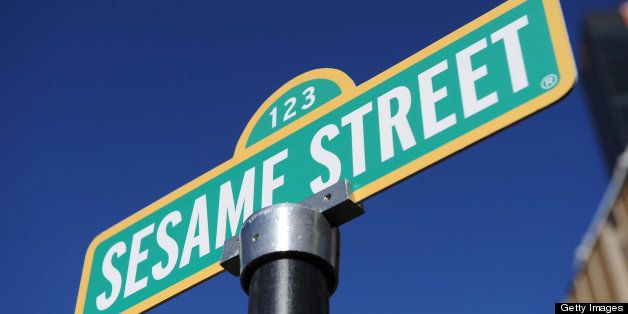
Count von Count, Sesame Street's friendly mathematical vampire, is obsessed with a new number: 0.29.
He typically focuses on whole numbers, but these days 0.29 is on his mind. Why? Point-two-nine is the measure of something of great significance to the Count. Worthy, even, of one of his famous lightning bolts. It's the size of the Sesame Street Difference.
These days, the promise of early learning is very much in the news. From President Obama's recently announced plans to expand high quality preschool education, to the growing case for early childhood education presented by the Nobel Laureate James Heckman of the University of Chicago, to the new investments that are being made by UNICEF and others in preprimary education as part of a commitment to "education for all," the importance of early learning as a global priority is ascending.
Recently, two researchers at the University of Wisconsin-Madison have quantified a resource that has not been -- 'til now -- adequately recognized in the public conversation: the enduring educational impact of Sesame Street. Maybe 0.29 doesn't sound like a lot. But it translates into a 12 percentile point advantage for kids who watch Sesame Street. And that's comparable to the effect of other preschool education initiatives, with one important distinction: Sesame Street has an annual reach of over 156 million children worldwide. So the scale of the Sesame Street Difference is far larger than other efforts.
The number is presented in a soon-to-be published journal article written by researchers Marie-Louise Mares and Zhongdang Pan. They examined the educational impact of the locally-produced adaptations of Sesame Street that have been developed in over thirty countries and air in more than 150 countries worldwide. This meta-analysis or "study of studies" synthesized data from 24 research reports from 15 countries sampling over 10,000 children. The researchers conclude that watching Sesame Street has a positive impact on learning and that the size of this effect is, in statistical speak, 0.29.
To understand why this is important it's helpful to have a little background on Sesame Workshop's international work. With initiatives in Afghanistan, Bangladesh, Nigeria, India, South Africa, to name only a few, Sesame Street works with local partners to provide millions of children throughout the world with high quality educational content that is designed to engage as it entertains. The programs present messages local educators identify as important for children in a given local: HIV/AIDS messaging in South Africa, digital literacy in Colombia, malaria education in Tanzania, and girls' education in Afghanistan, India and Bangladesh, to name just a few areas of focus.
Children everywhere need to be literate and healthy, and they need to learn positive ways of engagement with others. Sesame Street projects provide these fundamentals with culturally-relevant content that builds on young children's natural pleasure in learning.
Sesame Street will never be a substitute for school, but for many children there is a critical need for effective, affordable educational interventions that either supplement existing efforts or (for children living in under-resourced parts of the world) are the sole access to an intentional early childhood educational experience. That's why, for example, in 2008, researchers found that in Bangladesh the Sesame Street Difference translates into a full year of learning: when children four years old were exposed to Sisimpur (Bangladesh's Sesame Street adaptation) they performed at the same level on tests of reading and math as their five year old peers who had not watched!
This finding, along with other evidence incorporated in the meta-analysis, is what resulted in the 0.29 quantification. (You can read more about this in Mares & Pan's paper, which is about to be published in the Journal of Applied Developmental Psychology, and in the University of Wisconsin press release.)
With a number that now quantifies the measurable difference Sesame Street is making in the lives of millions of children around the world, you can see why the Count is excited.
And that's worth even more than a crash of thunder and a lightning bolt. Let's invest in what works, starting now!
Learn more by visiting the Sesame Workshop online.